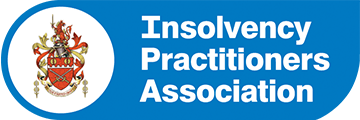What are the differences between 'settled' and 'satisfied' on my credit report?
When you look at your credit report, you’ll see various status codes marked against individual loans and other forms of borrowing you may have taken out. These indicate the extent to which you’ve repaid your creditors, whether there were any defaults, and if the account has now been closed and fully paid off.
You may also have noticed that two codes sound fairly similar, and relate to debts which have been repaid – ‘settled’ and ‘satisfied.’ So what do these codes mean, and what’s the difference between them?
What does ‘settled’ mean on your credit report?
‘Settled’ means that you’ve paid your debt without default. When you miss several payments consecutively, or sometimes intermittently during the course of a loan term, for example, the lender may add a default marker to your credit report.
This is intended to warn other potential lenders that you’ve been unable to keep up with your contractual obligations, and it can have a seriously negative effect on your credit score. So seeing ‘settled’ in your credit file is a good indication that you’ve repaid in full without any adverse issues. A 'settled' status looks good on your credit report and reflects well to other potential lenders in the future.
If you only miss an occasional payment, a creditor may not mark a default – it’s typically when two or more payments are missed that a default is recorded.
If you see a ‘partially settled’ status code, this means that your creditor has accepted an offer of final settlement that is less than the full amount owed. This does negatively affect your credit score, as it shows you have failed to pay the full amount required.





